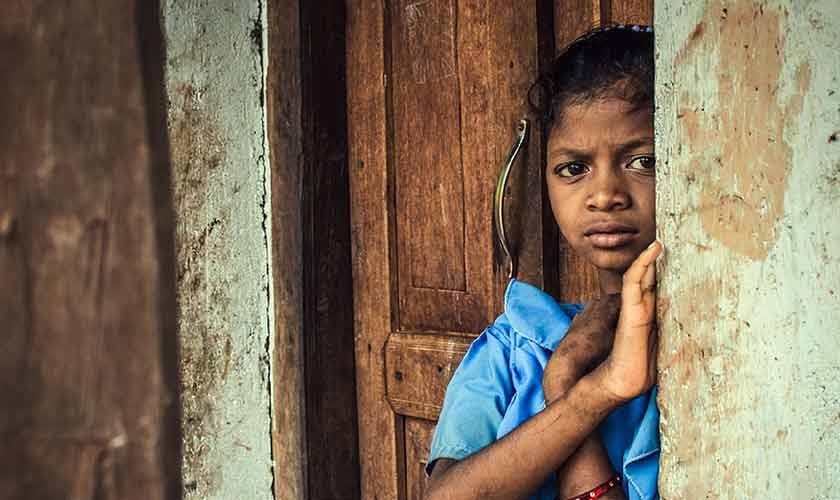The social and economic future of any country is directly associated with its children. If the coming generation is healthy, then the country’s future is secure. However, if the children of a country are suffering from malnutrition and resulting stunted growth, then the future of that country is neither resilient nor sustainable. Pakistan is not an exception to this fact.
According to the World Bank Group, 40 percent of children under five in Pakistan are suffering from stunted growth. Alarmingly, not enough progress has been made over the past 30 years to mitigate this issue. Our children deserve better.
### What is Child Stunting?
The World Health Organization (WHO) defines stunting as reduced growth and development in children caused by poor nutrition, repeated infections, and insufficient opportunities to play and learn. The first 1,000 days of a child’s life—from conception until the child turns two—are crucial to preventing stunting.
If stunting occurs during this critical period, it leads to adverse consequences such as poor cognition and educational performance, lost productivity, and lower adult wages.
### Why Address Stunting?
For Pakistan to commence sustainable social and economic development, it must ensure that pregnant women, mothers, and children receive adequate nutrition. Additionally, children must be protected from repeated infections.
The WHO reports that each day, 27 mothers and 675 newborns (under one month old) die in Pakistan from preventable complications. This statistic highlights the urgent need for intervention.
### Sustainable Development and Our Future Generations
According to the United Nations, sustainable development is defined as development that meets the needs of the present without compromising the ability of future generations to meet their own needs. To truly implement sustainable development in Pakistan, we must prioritize the health and well-being of our future generations.
### Eradicating Stunting: A Systematic Approach
Tackling stunting requires addressing multiple interconnected challenges simultaneously.
One vital step is initiating a green revolution aimed at producing twice as much food from existing resources. However, increased agricultural output must be managed carefully, as agriculture is a major cause of eutrophication in surface water, according to the Food and Agricultural Organization.
It is crucial to protect our water bodies and ensure the availability of safe drinking water, since waterborne diseases remain among the leading causes of childhood mortality and impaired growth.
### Promoting Mobile Hospitals and Safe Vaccine Storage
Apart from increasing efficiency in agriculture, Pakistan must prioritize healthcare innovations such as mobile hospitals to prevent repeated infections in children.
These mobile hospitals should be equipped with reliable air-conditioning systems to prevent the wastage of medications and vaccines during transportation. The WHO notes that vaccines lose their effectiveness much faster when exposed to temperatures above +8°C. Ensuring proper temperature control will help preserve these vital medicines, thus helping reduce infections among children nationwide.
### Play and Learning: Essential Components of Child Development
Finally, it is essential for all schools to have proper playgrounds where children can play and realize their full potential. Our pre-schools and schools should adopt educational models that provide equal opportunities for learning and play.
We cannot take our future generation for granted and still hope for sustainable development. Investing in children today is an investment in Pakistan’s tomorrow.
https://www.thenews.com.pk/tns/detail/1345103-for-futures-sake

